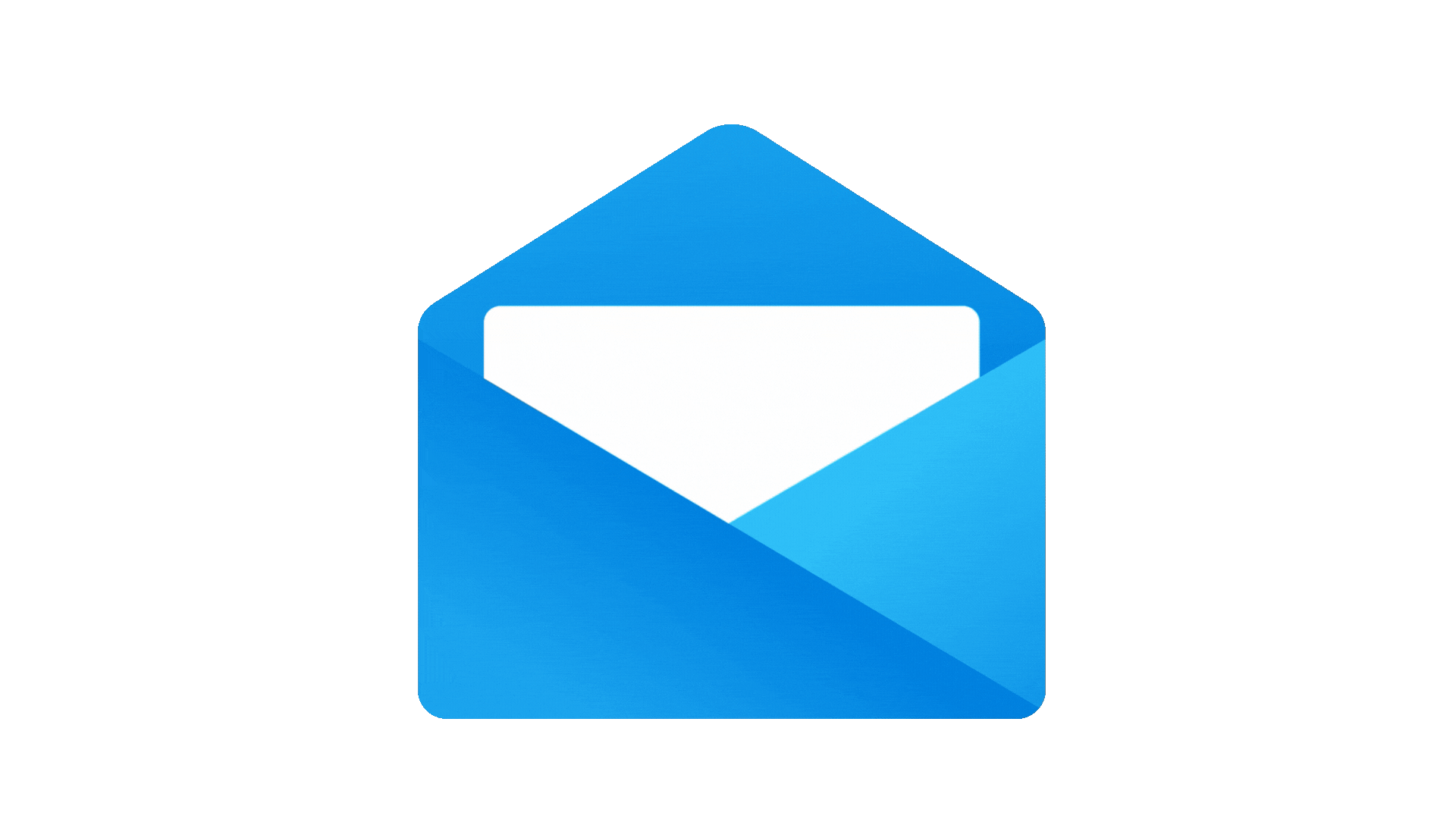
In the realm of the public sector, government project management software stands as a cornerstone of efficiency, accountability, and transparency. The unique environment of government projects, characterized by their scale, complexity, and the need for public accountability, demands a tailored approach to project management.
As such, government project management software must transcend the conventional, embodying a suite of features that cater to the distinct needs of the public sector. This blog delves into the must-have features that are non-negotiable for any government project management software aiming to truly serve public sector projects.
1. Robust Security and Compliance
Security is paramount in government operations. The software must offer top-tier security features to protect sensitive information from unauthorized access and cyber threats.
This includes data encryption, secure login mechanisms, multi-factor authentication, and regular security audits.
Compliance with government-specific regulations and standards, such as the General Data Protection Regulation (GDPR) for European data or the Health Insurance Portability and Accountability Act (HIPAA) in the U.S., is essential to ensure that the software meets legal requirements for data handling and privacy.
2. Transparent Workflow and Document Management

Government projects often require high levels of transparency and documentation. The software should facilitate easy tracking of project progress and documentation, offering features like version control, audit trails, and real-time updates.
This ensures that all stakeholders, including the public when necessary, can access up-to-date information about the project’s status, fostering trust and accountability.
3. Stakeholder Engagement and Communication Tools

Effective communication among project team members, stakeholders, and the public is crucial. Government project management software should include integrated communication tools such as email, chat, forums, and notification systems.
These tools support seamless collaboration, ensuring that everyone involved is informed and can participate in the decision-making process.
4. Customizable Reporting and Analytics

Given the diverse nature of government projects, customizable reporting capabilities are essential. The software should allow users to generate tailored reports that meet the specific requirements of different stakeholders, including government officials, auditors, and the public.
Analytics features should provide insights into project performance, budget utilization, and timelines, enabling data-driven decision-making.
5. Budget and Financial Management
Government projects must adhere to strict budgetary constraints. Project management software in this context needs sophisticated budget tracking and financial management features.
These should include the ability to plan budgets, track expenditures in real time, and forecast costs. Integration with existing financial systems within the government infrastructure is also beneficial for streamlined financial reporting and management.
6. Scalability and Integration Capabilities

The software must be scalable to accommodate projects of varying sizes and complexities. It should also offer integration capabilities with other government systems and databases, such as HR systems, financial software, and document management systems.
This integration ensures a cohesive ecosystem where data flows seamlessly between systems, enhancing efficiency and reducing the risk of errors.
7. Accessibility and Usability
Given the wide range of users within government entities, from technical experts to administrative staff, the software must be user-friendly and accessible.
This includes intuitive interfaces, customizable dashboards, and the provision of training and support resources.
Additionally, accessibility features for users with disabilities are crucial to ensure inclusivity and compliance with regulations like the Americans with Disabilities Act (ADA).
8. Project Scheduling and Resource Management
The ability to schedule tasks, allocate resources effectively, and adjust timelines is fundamental. Government project management software should offer dynamic scheduling tools that accommodate changes in project scope, resource availability, and deadlines. This includes Gantt charts, resource allocation visuals, and capacity planning features.
Conclusion
The adoption of project management software in government operations can significantly enhance efficiency, transparency, and accountability. However, not all software is created equal.
The right solution for government entities must encompass robust security, transparent workflows, effective stakeholder communication, customizable reporting, financial management, scalability, usability, and comprehensive scheduling and resource management features.
One of the best project management software that includes all the above features is Orangescrum. Government organizations can not only meet their unique needs but also advance their mission to serve the public effectively.




